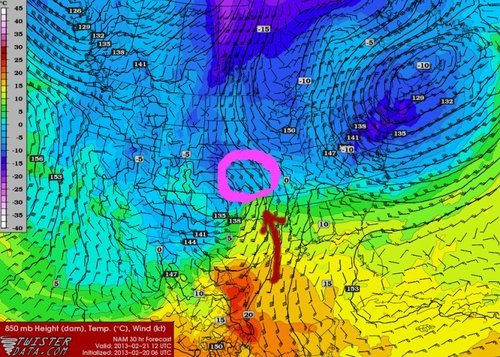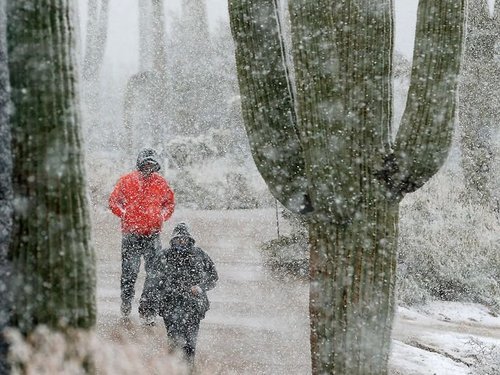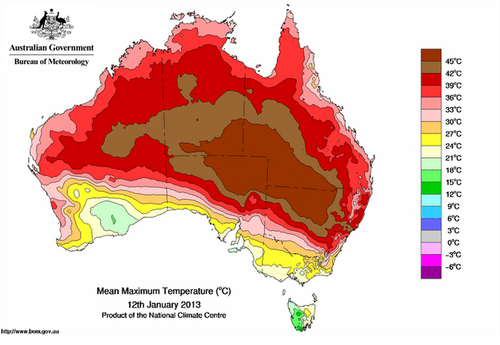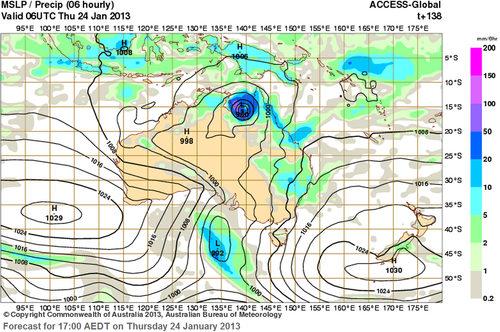September closed out with a few beautiful days, bringing a month that had a bit of a cool start back to seasonal conditions. As for whether Winnipeg continued it’s 14-month above normal streak, that depends on which average you use. If you’re partial to the 1971-2000 means, then yes, we’ve extended the streak to 15 months. If you use the 1981-2010 means (which are the ones we use here at AWM), then unfortunately, our streak has come to an end.
September 2012 Summary

2012 departure from normal (or monthly anomaly of) temperature. The year-to-date mean is also plotted.
September 2012 closed out with an average temperature of 12.6°C, 0.28°C below the the 1981-2010 normal of 12.9°C. At -0.28°C below normal, the month of September ended Winnipeg’s above-normal streak at 14 consecutive months1. The warmest day in September 2012 came near the end of the month on the 29th when the mercury climbed to 29.6°C, a mere 0.4°C off the record for that day of 30°C set in 1905. No new daily high record temperatures were set this September. The coldest night was the night of September 22/23 when the mercury dropped to -7.1°C. This broke the previous record low for that night of -6.1°C set in 1879 and was 1.2°C off the record coldest night in September of -8.3°C, set on September 29, 1899. In total, just the one record low temperature was set this September.

2012 departure from normal (or monthly anomaly of) precipitation. The year-to-date total is also plotted.
September continued the significant precipitation deficit when compared to the normal. Usually we see about 48mm2 in September, but this year we saw a mere 4mm of precipitation. Receiving less than 10% of our normal rainfall for the month continues the precipitation deficit to 4 consecutive months in Winnipeg.
In other miscellaneous September statistics:
- We finished the month with 0 days above 30°C, but 7 days at or above 25°C.
- September 2012 did not break the top 50 warmest Septembers on record.
- Despite our practically non-existent precipitation for the month, we still nearly quadrupled the record driest September of 1948, where only 1.3mm fell.
- Our 4mm precipitation total for the month was only 2.5% of the precipitation that fell in the record wettest September of 1872, when 156.2mm fell.
2012 So Far

Year-to-date temperature anomaly, by month, for 2012 (red) compared to the other 139 years on record for Winnipeg, MB, with the five warmest years (orange) and five coldest years (blue) noted.
As mentioned before, September’s deviation of -0.28°C from normal has brought an end to the above-normal conditions of 2012. Until September, every single month this year had been above-normal. Looking again at our Winnipeg temperature anomaly climatology, we can see that despite our slightly below-normal September average, we’ve managed to still remain the most above normal (by a hair) that we’ve ever been. Things still look to be on track for us to end up in the top 5 warmest years ever and we’ll keep updating each month to see where we end up.
Rest of 2012
As mentioned last month, sea ice in the Arctic is at a record low, which while it hasn’t prevented us from getting the odd cold outbreak, still looks to have the potential to reduce the strength/onset of the Hudson Bay arctic vortex that sets up and maintains a cool, northwest flow over the Eastern Prairies. While a month ago it also looked like El Niño was going to help us possibly see a warmer-than normal winter, over the past couple weeks the El Niño signal in the Eastern Pacific has significantly weakened. This means that any large-scale hints towards what sort of winter we’ll see are becoming rather muddled and no strong signal currently exists.








